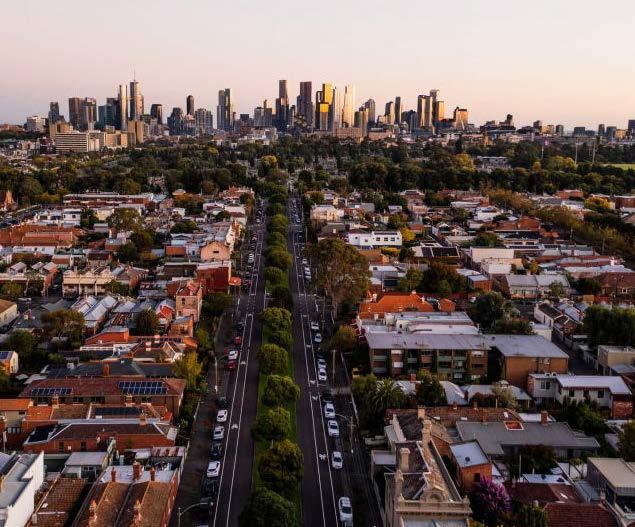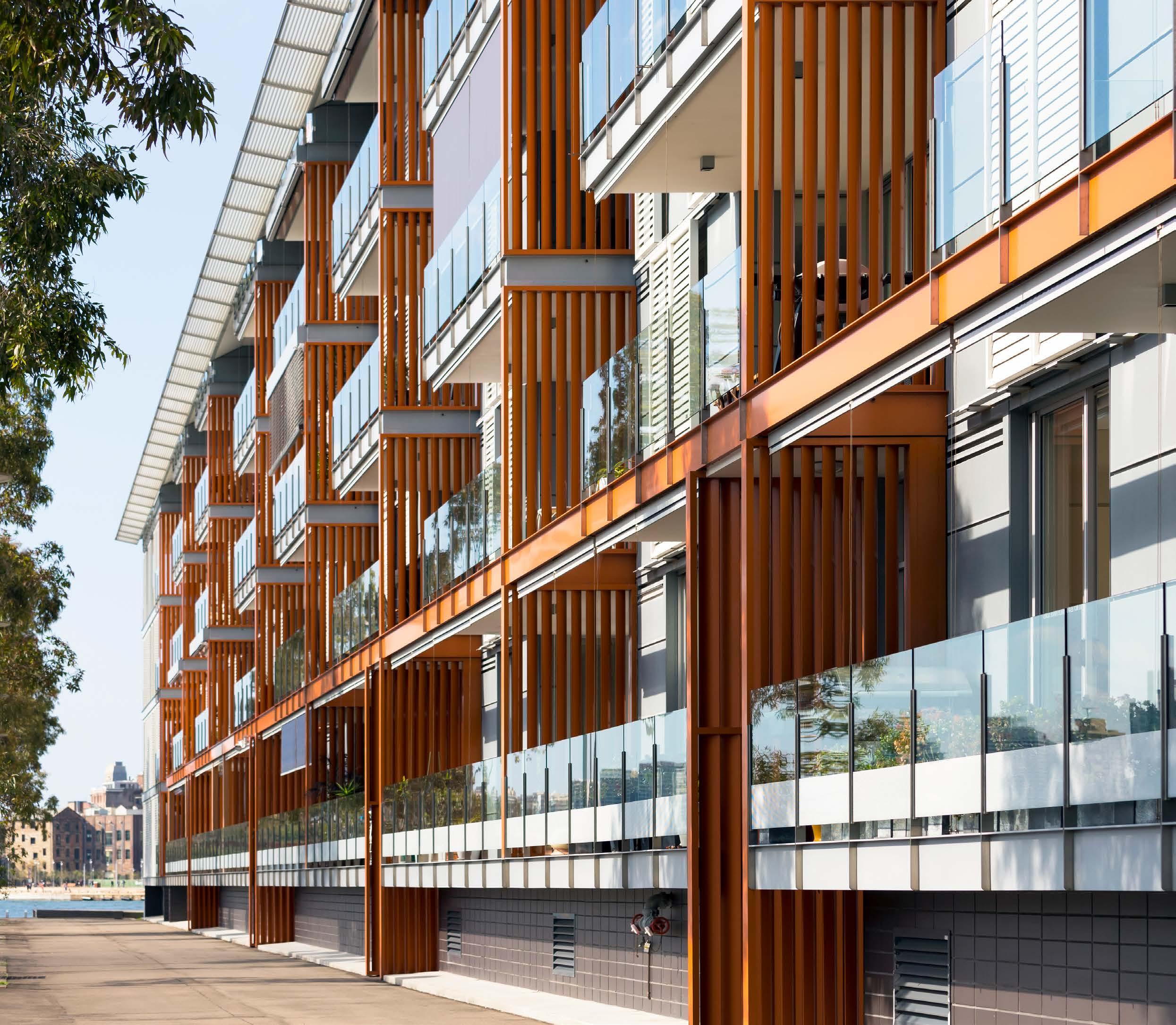
4 minute read
Australian Homeowners Gain $59K Wealth Boost from Rising Housing Values in FY24
BY CORELOGIC
Australian dwelling values increased a further 0.7% in June, taking growth to 8.0% across FY2023-24. This is the equivalent of a $59,000 increase to the median dwelling value in Australia, which is now $794,000. The annual rise was in stark contrast to the FY2022-23 when CoreLogic’s national index was down -2.0%.
In that year, annual growth was weighed down by a -7.5% drop in values in the nine months following May 2022, when the cash rate target started to rise.
Despite the strong annual gain, the trend growth rate has eased since the highs of mid-2023 when the quarterly rate of change peaked at 3.3%. The most recent June quarter saw dwelling values rise by 1.8% which is roughly in line with the March quarter (1.9%) and December quarter last year (1.8%).
CoreLogic’s research director Tim Lawless said the national index has found a groove, rising between 0.5% to 0.8% month on month since February. “The persistent growth comes despite an array of downsid e risks including high rates, cost of living pressures, affordability challenges and tight credit policy. The housing market resilience comes back to tight supply levels which are keeping upwards pressure on values.”
Beneath the national headline numbers the market is running at different speeds, but most regions are trending higher in value.
Melbourne and regional Victoria were the exceptions, with values down -0.2% and -0.3% respectively over the month. Hobart has also shown weaker conditions, although values were relatively flat in June (+0.1%). Hobart joined Melbourne and regional Victoria recording a subtle decline in values over the June quarter (-0.3%) to be slightly lower over the financial year (-0.1%).
Regional Victoria was the only other broad region to record a fall in values over the year, down half a percent.
Strong conditions have remained a feature of the mid-sized capitals, especially Perth where values surged another 2.0% in June to be 23.6% higher over the year. Adelaide values increased 1.7% in June to be 15.4% higher over the financial year and Brisbane values were 1.2% higher over the month and 15.8% higher over the year.
Regional markets have shown a similar trend to the capitals, with Regional WA leading the pace of capital gains with a 1.5% rise in June and 16.6% increase over the financial year. Regional SA and Regional Qld have also recorded strong growth conditions while regional Victorian dwelling values fell by half a percent over the year and regional Tasmania recorded a mild 0.7% rise.

The growth trends are reflected in advertised stock levels, with the strongest markets continuing to show a severe shortage of homes available for sale. Over the four weeks ending June, the number of homes advertised for sale in
Perth were 23% lower than at same time last year and 47% lower than the previous five year average. Adelaide (-43%) and Brisbane (-34%) are also recording real estate listings that are significantly below average for this time of year.
On the other hand, Melbourne listings have risen to be 14% above the five year average and Hobart listings have been elevated for several years, tracking 46% above average.
Demand side factors have also been influential, especially with interstate migration rates tracking well above average in WA, Queensland and previously SA.
Strong housing demand, despite downside factors, is also evident in the estimated volume of home sales. Nationally, the annual number of homes sold was 8.6% higher than a year ago and 4.8% above the previous five year average. The largest jump in annual sales relative to the historic five-year average has been in Perth, where the number of homes sold last year was 29% above average levels.




